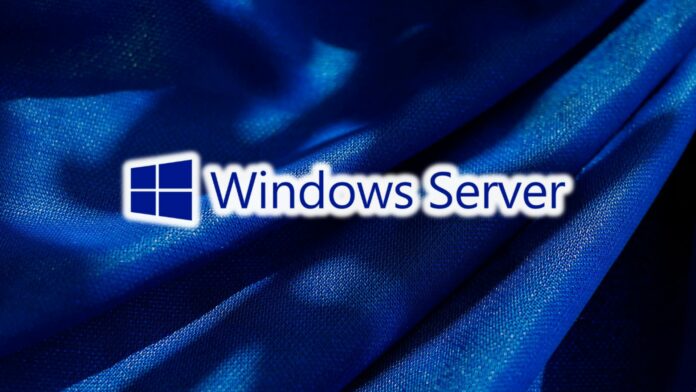Windows Server 2025 has been available as a preview for a long time and is now finally available for everyone on November 1, 2024. The new server-focused operating system introduces many new features while removing some old features and apps like WordPad.
We have been using Windows Server 2025 for a while now. In our tests, Windows Latest observed that it’s a solid operating system and does not have too many major issues that you need to watch out. Windows Server 2025 system requirements haven’t changed much compared to Windows Server 2022. Let’s discuss them first.
What is required to run Windows Server 2025?
- A 1.4 GHz 64-bit processor with support for x64 instruction set, SLAT, NX, and DEP.
- You’ll also need to have CMPXCHG16b, LAHF/SAHF, PrefetchW, and SSE4.2 instruction set with POPCNT instruction. POPCNT instruction is now also a requirement for consumer editions, as part of Microsoft’s efforts to make Windows more security.
Only the SSE4.2 and POPCNT requirements are new. Microsoft has made it mandatory for all Windows 11 24H2 editions, so it isn’t a surprise for Windows Server 2025. POPCNT began shipping in 2008, so processors that don’t have it are probably too weak to run Server 2025 as well.
Here’s the full list of supported Intel CPUs for Windows Server 2025:
- Second through Fifth Gen Xeon SP processors
- Xeon 6 SP Processors (67xxE)
- Xeon E 23xx and 24xx
- Xeon D 17xx, 18xx, 21xx, 27xx, 28xx
- Pentium G7400 and G7400T
Windows Server 2025 supported AMD CPUs
- AMD EPYC 7xx2
- AMD EPYC 7xx3
- AMD EPYC 4xx4
- AMD EPYC 8xx4
- AMD EPYC 9xx4
- AMD EPYC 9xx5
RAM
- 512 MB for Server Core
- 2 GB (4GB recommended) if you want to run the Server with Desktop Experience
If you want to run Server 2025 in a VM, Microsoft suggests allocating 800MB or more memory for the virtual machine.
Storage
32 GB minimum. You’ll need more space if you use more than 16GB RAM for certain OS functions like hibernation, which occupies some storage every time you hibernate the PC.
Network
A PCI Express-certified Ethernet adapter capable of at least 1 Gbps throughput.
Other Requirements
- UEFI 2.3.1c-based system and firmware with Secure Boot.
- Trusted Platform Module (TPM) 2.0.
- Graphics device and monitor capable of Super VGA (1024 x 768) or higher-resolution.
What’s new in Windows Server 2025?
Here are the following new additions to Windows Server 2025:
- Bluetooth – You can connect Bluetooth peripherals and audio devices to a Server 2025 PC.
- Dev Drive and Block Cloning – Dev Drive will help users manage the virtual disks and implement Block Cloning, which speeds up the file copying process. If you go by the official stats, it promises up to 92% improvement in copying a 10GB file using Block Cloning.
- Credential Guard – Like Server 2022, Microsoft bundles this password-protecting feature in the new version.
- Email & accounts – Users can add a personal Microsoft Account, Entra account, or a work or school account on a Windows Server 2025 PC. However, the first setup requires a domain join.
- Windows Terminal & Winget – Server 2025 includes the Terminal app that debuted with Windows 11 21H2. In addition, you can use the Winget package manager directly from the Terminal without installing it separately.
- Task Manager & Start Menu – Microsoft adds the new Task Manager with theme support and minor UI changes. The Start Menu supports pinned apps for one-click access to the most-used apps.
- File Explorer – You can create archives in ZIP, 7z, and TAR formats with the new File Explorer. RAR support is missing so you cannot create RAR archives but can unarchive such files.
There are many more feature upgrades listed on the official support page of this new build.
Windows Server 2025 gets rid of Windows PowerShell 2.0 Engine, SMTP server, and IIS 6 Management Console.
Good-old WordPad is no longer a part of the OS, forcing users to switch to another text editor for viewing and editing files.
